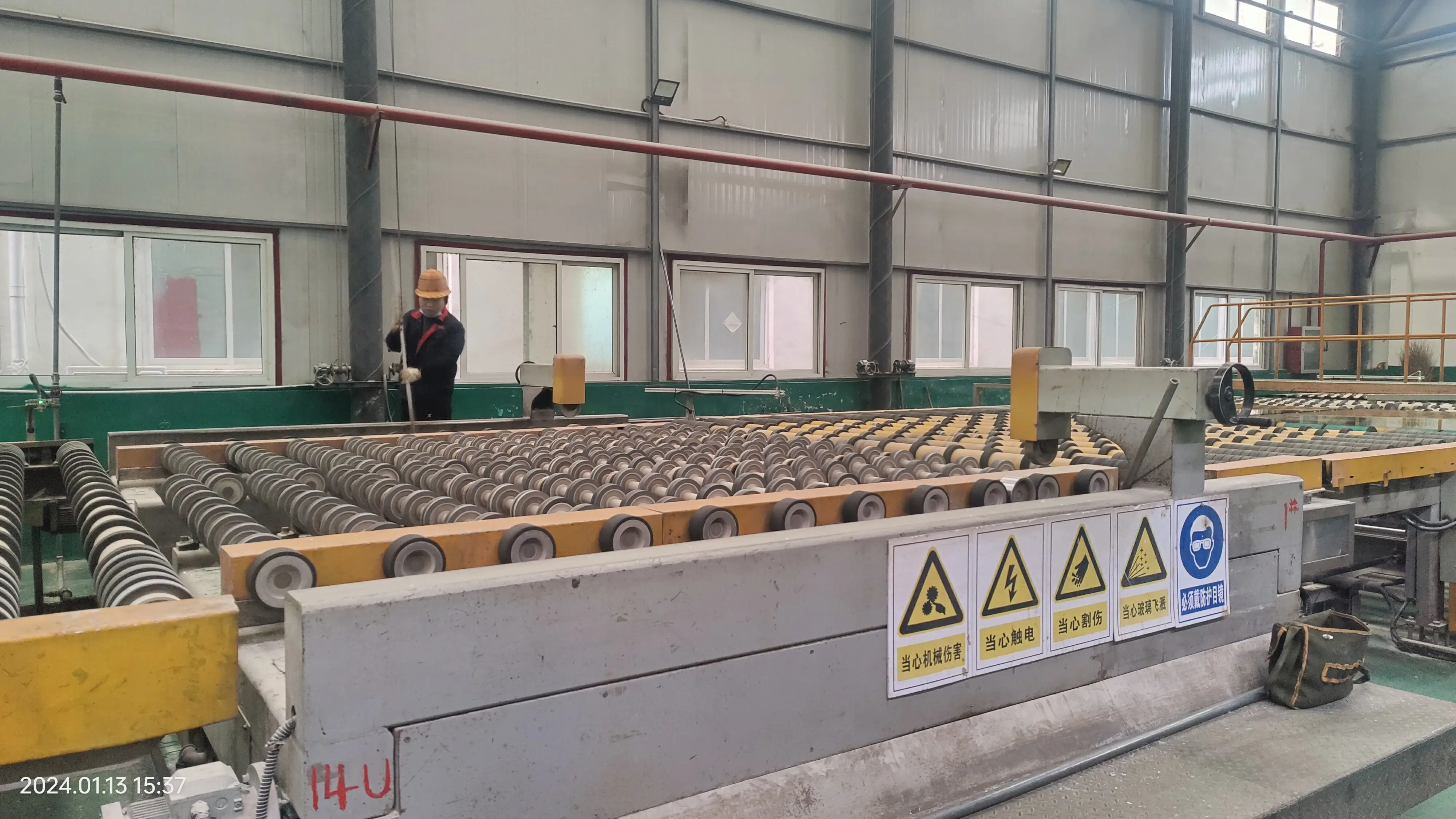

Understanding the Price Dynamics of Frosted Glass
Frosted glass has gained significant popularity in contemporary interior and architectural design due to its unique aesthetic appeal and practical benefits. This special type of glass, which has been treated to create a translucent finish, provides an elegant solution for privacy while still allowing light to filter through. However, the price of frosted glass can vary widely based on several factors, including manufacturing processes, thickness, quality, and market demand. In this article, we will explore these factors and give a clearer perspective on the pricing of frosted glass.
1. Manufacturing Processes
The cost of frosted glass is heavily influenced by the manufacturing process used to create it. There are primarily two common methods for producing frosted glass sandblasting and acid etching. Sandblasting involves using a high-pressure stream of sand to create a frosted effect on the glass surface. This method can be labor-intensive and requires specialized equipment, which can drive up costs.
On the other hand, acid etching employs a chemical solution to achieve the frosted appearance, which can be more efficient and less costly in bulk production. However, the initial setup for both methods tends to involve significant investment, and this can affect the overall price of the product. Depending on the chosen method, consumers might notice a variance in pricing that reflects the complexity and resources required for production.
Another crucial factor influencing the price of frosted glass is its thickness. Frosted glass comes in various thicknesses, typically ranging from 3mm to 12mm or more. Thicker glass is often more durable and provides better insulation, making it more suitable for certain applications, such as doors or windows in commercial spaces. However, increased thickness also means a higher price point.
Quality is an integral component of pricing as well. Higher-quality frosted glass often features superior clarity, a smoother finish, and better resistance to scratches and other damages. Manufacturers who prioritize quality and use premium raw materials will naturally command higher prices due to the enhanced longevity and performance of their products compared to lower-grade alternatives.

3. Customization and Design
Customization plays a significant role in determining the price of frosted glass. Many consumers seek personalized designs for their frosted glass installations, whether it be unique patterns, sizes, or shapes. Custom orders often entail additional costs due to the labor and time required for creating bespoke designs. As such, individuals looking for off-the-shelf solutions may find more budget-friendly options, while those wishing for a unique touch should be prepared to invest more for customization.
4. Market Demand and Trends
Like any product, the price of frosted glass is subject to market demand and current design trends. In recent years, the rise of minimalism and a focus on creating open, airy spaces in homes and businesses have led to increased demand for frosted glass. As popularity spikes, manufacturers may adjust their pricing based on the volume of orders and the influence of competing products in the market.
Furthermore, seasonal trends can also affect prices. For example, during peak renovation seasons, as more homeowners embark on remodeling projects, the demand for frosted glass may surge, leading to potential price hikes.
Conclusion
In conclusion, while the price of frosted glass can vary significantly, understanding the factors that influence its cost can empower consumers to make informed decisions. Whether considering the manufacturing processes, thickness, quality, customization options, or market trends, being knowledgeable about these elements can help buyers navigate the market effectively. Ultimately, investing in frosted glass can enhance not only the beauty of a space but also its functionality, making it a worthwhile consideration for homeowners and designers alike.